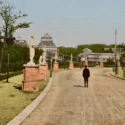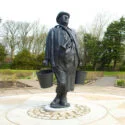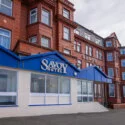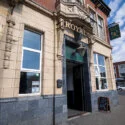In 1888, plans were drawn up for Blackpool’s first Opera House, a grand project designed by the renowned theatre architect Frank Matcham, celebrated for his ability to combine functionality with opulence. Construction began following the awarding of the contract on 19 October 1888. The building, named “Her Majesty’s Opera House,” featured an impressive 2,500-seat auditorium and came at a cost of £9,098—a significant sum for the era. The theatre opened its doors to the public on 10 June 1889 with a production of Gilbert and Sullivan’s then-new opera, The Yeomen of the Guard. Its elegant design and ambitious programming marked a major cultural milestone for Blackpool, positioning the town as a centre for high-quality entertainment.
By the early 20th century, the need for a larger, more modern facility became evident. In November 1910, the original Opera House was closed and demolished to make way for a grander replacement. The new Opera House was designed by architects Mangnall & Littlewood, whose vision created a larger and more sophisticated venue. It officially opened in August 1911, featuring an upgraded design that reflected the evolving tastes and demands of the time.
The reconstruction also included significant improvements to the Winter Gardens complex, within which the Opera House was housed. The Church Street façade was entirely redesigned, clad in gleaming white faience tiles in a Renaissance style. This striking façade became an iconic feature of Blackpool, exemplifying the town’s ambition to be a leading seaside resort. The upgraded Opera House and Winter Gardens façade symbolised Blackpool’s commitment to being at the forefront of British entertainment and architecture.
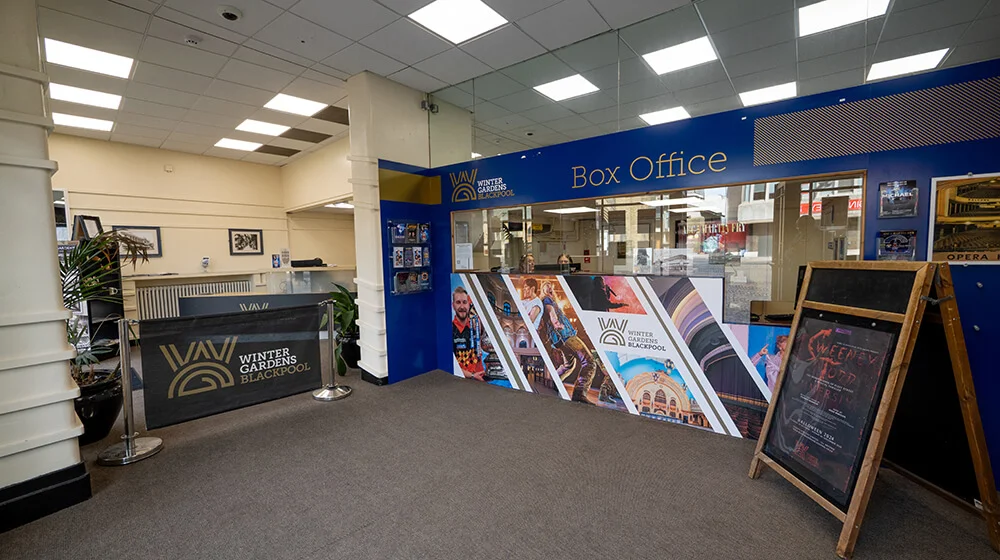
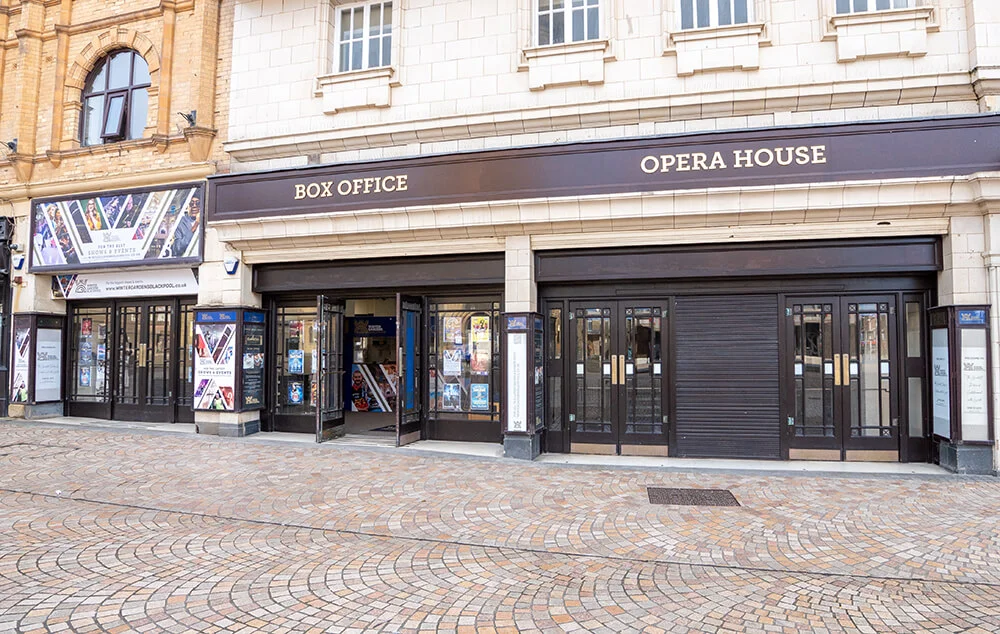
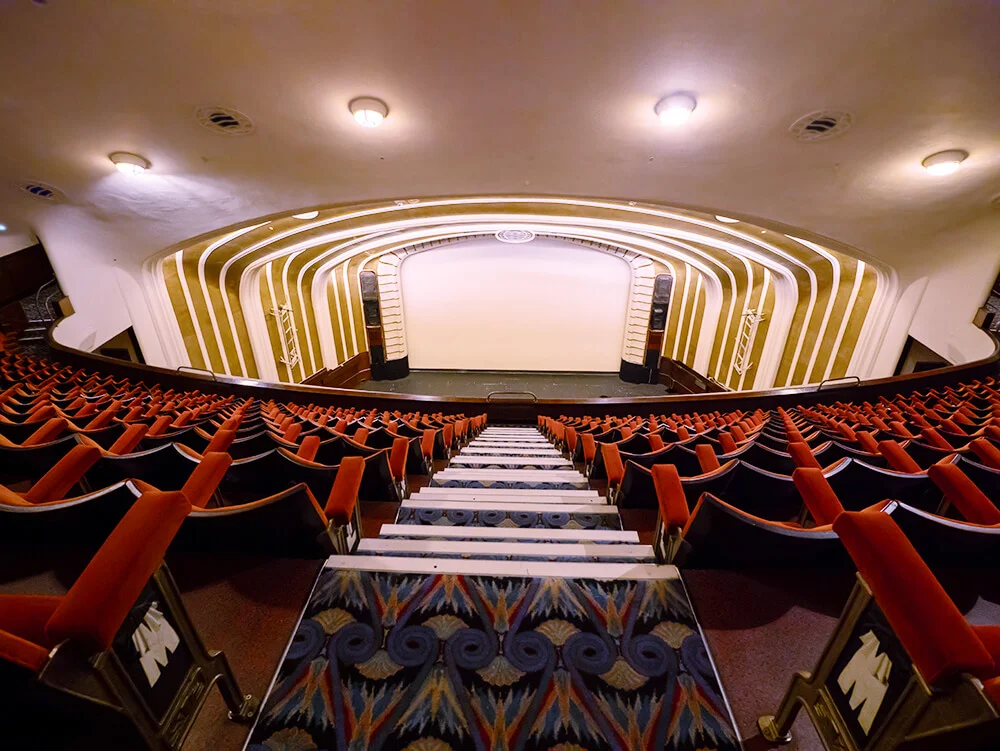
Text source: Winter Gardens Blackpool’swebsite
Images by © Deeper Blue Marketing & Design Ltd

















